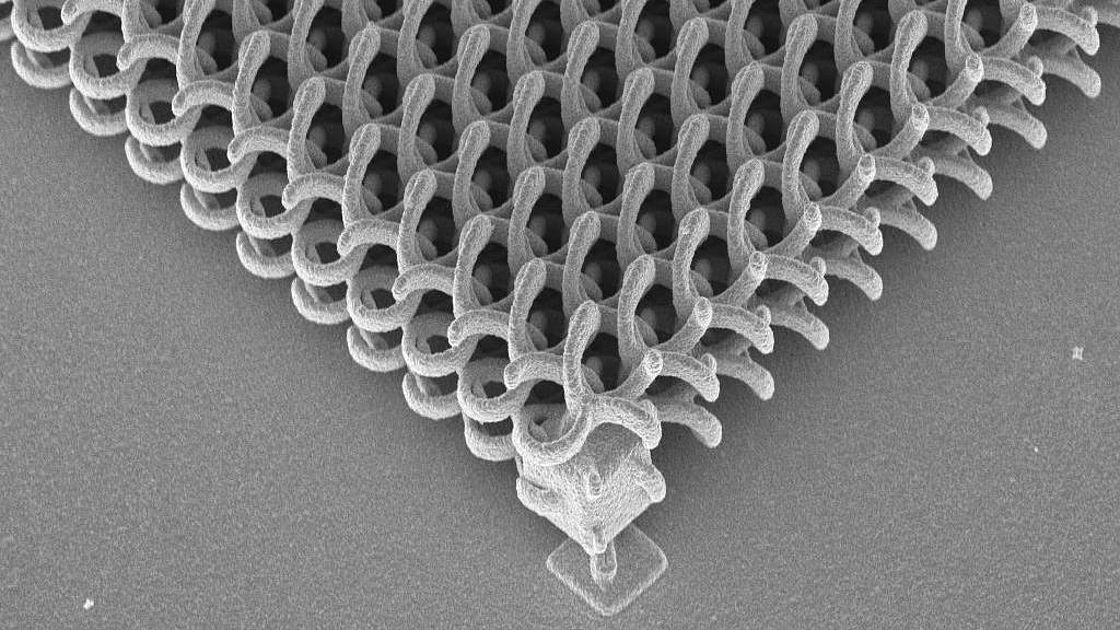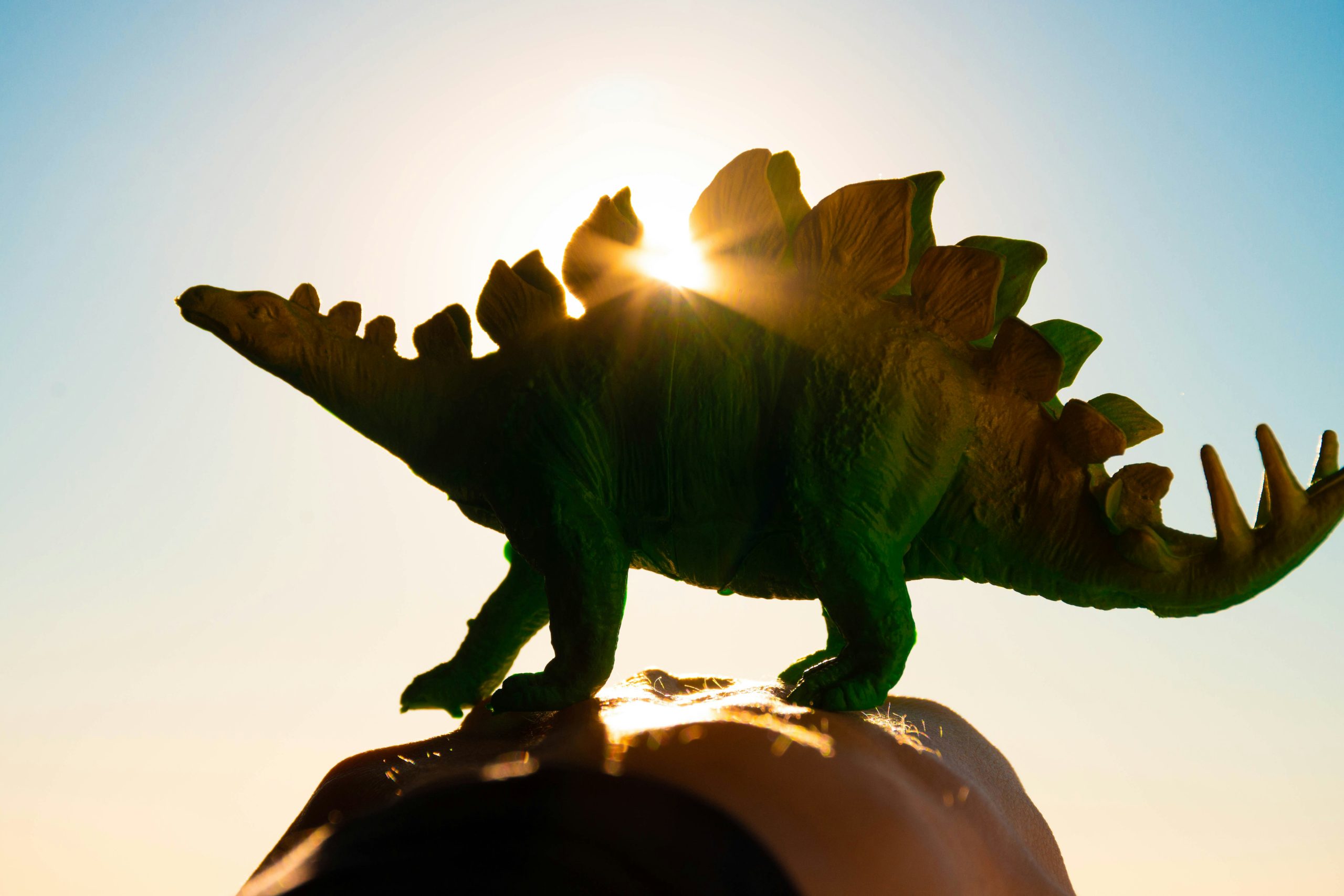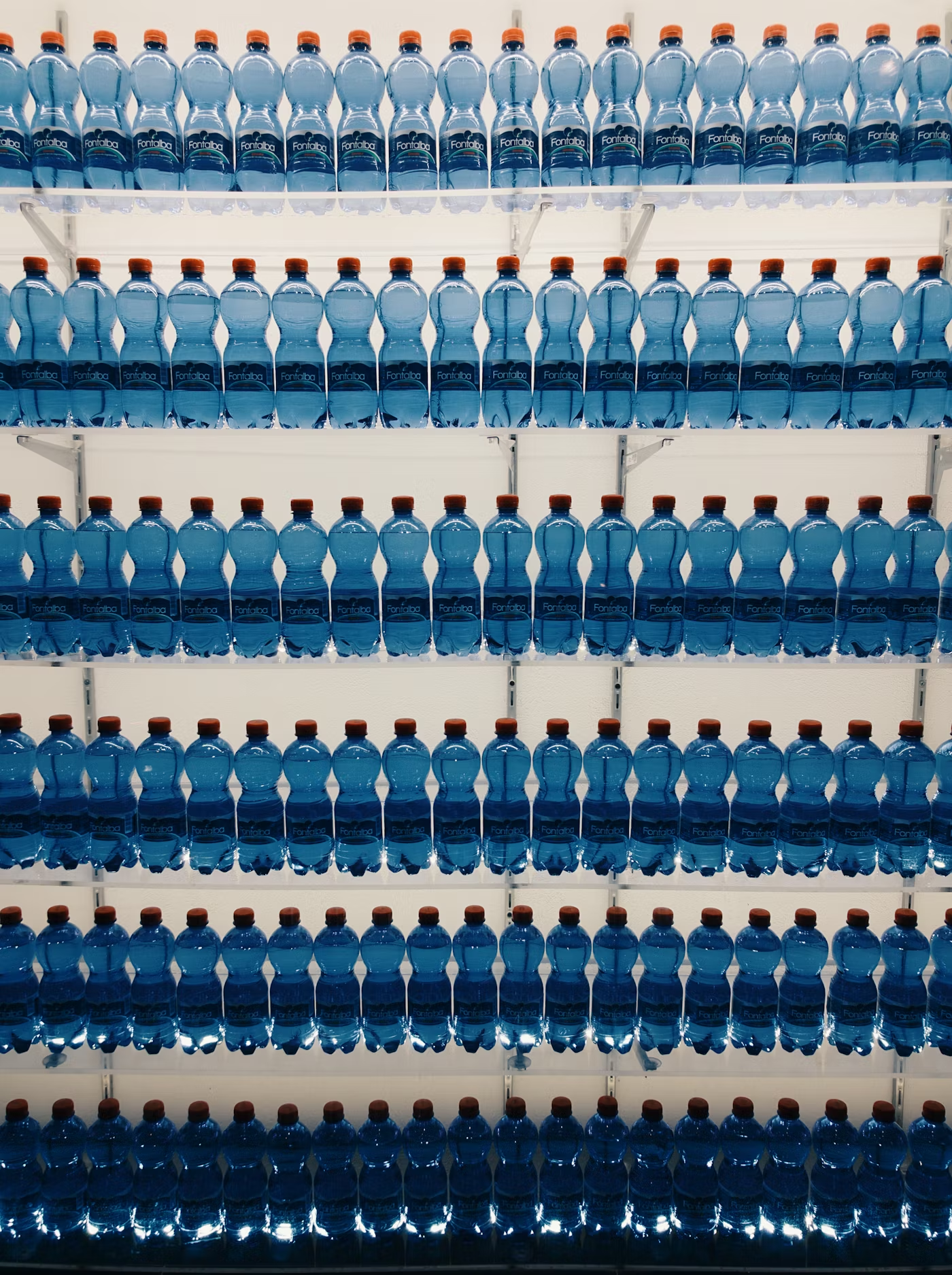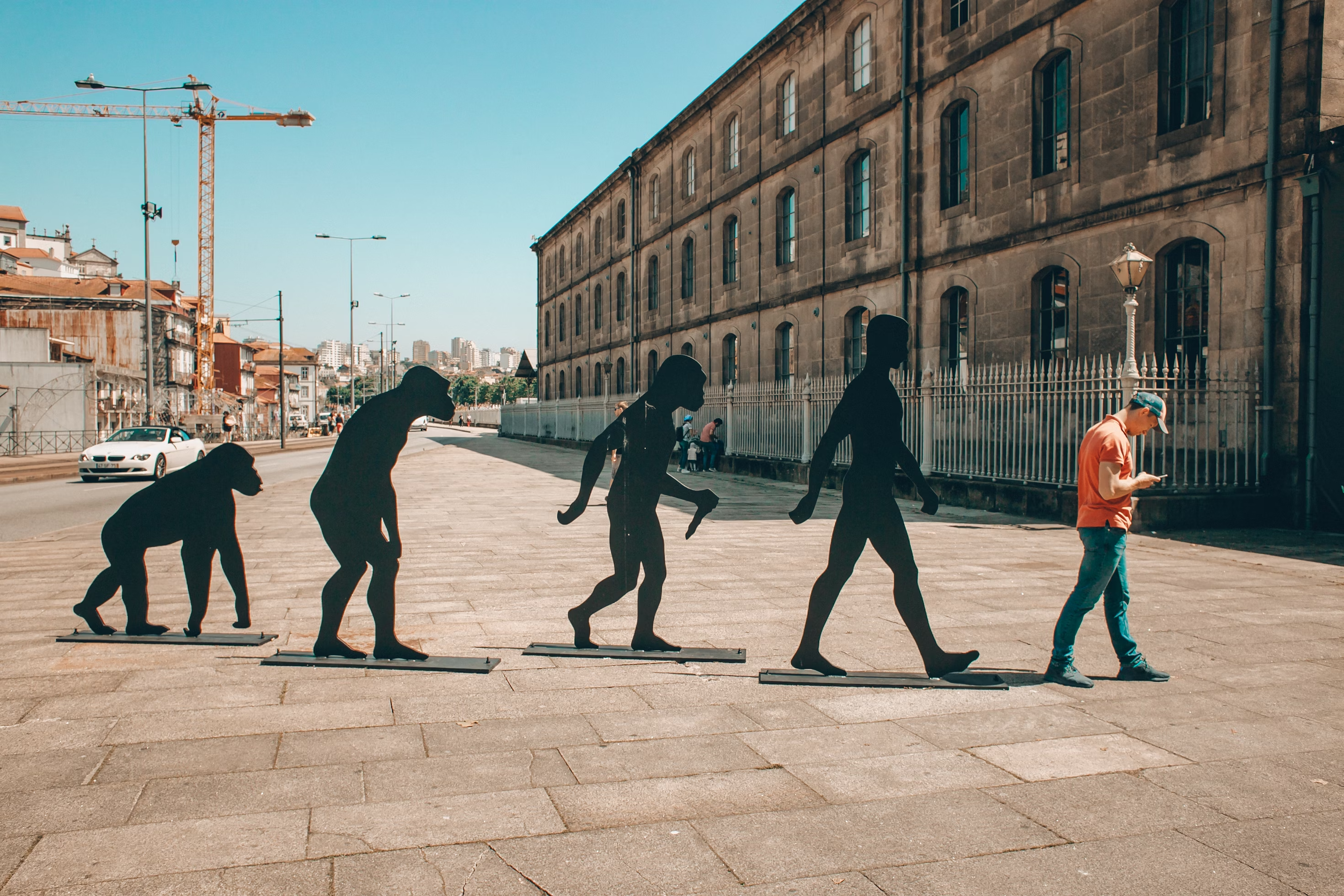Ligaments, tendons and other musculoskeletal soft issues not only are differentiated by their cellular and extra-cellular constituents, but also the organization of these constituents. While we are able to create medical products through printing living cells, the technology in engineering tissues for common injuries is yet to be around. “One challenge has been organizing the cells that are being printed, so that the engineered tissue more closely mimics natural tissues.” Rohan Shirwaiker, NC State associate professor and corresponding author of a paper discussing the results, explains.
In search for higher fidelity of artificial tissues, North Carolina State (NC State) University developed a new ultrasound-assisted biofabrication (UAB) method to print cells in 3D bioink featuring a preferential alignment in their research on Biofabrication journal.
Biofabrication with Ultrasounds
The NC State team installed an ultrasound chamber inside the print bed of their BioAssemblyBot direct ink writing 3D bioprinter. Superposition of reflecting ultrasonic waves across the bed creates a standing ultrasound wave. These waves interact with living cells and guide them to align into rows.
Looking into a more comprehensive set of cellular, bioink and acoustical factors and chamber design, the researchers learnt how to precisely control cell configurations to make specific patterns and orientations. The team successfully applied this method to create a knee meniscus, which cells are required to be well-aligned along the curve of tensile loading.
Better fidelity of patient-specific macro-geometry, higher viability and reproduction of tissue-specific patterns are all attained with their approach. “We were able to control the alignment of the cells as they were printed, layer by layer, throughout the tissue,” comments Shirwaiker.
Breakthroughs and Next Steps
Scalability of UAB is attained through the method’s non-reliance on physical cues in creating alignment. Flexibility is attained through the ability of sound waves to propagate through bioink and enable cell manoeuvrability across the thickness of 3D constructs. These properties of the method are essential in creating functional therapeutic engineered tissues and can control patterns of viable cells. What is more, this method uses off-the-shelf ultrasound technology and is thus inexpensive.
This study has set the groundwork for creating biomimetic 3D tissues using UAB. The next steps for biofabrication lie in investigating the maturation of such constructs under appropriate growth conditions. Other forms of bioprinting, such as inkjet, laser-assisted, DLP and SLA-based techniques can also benefit from the UAB patterning principle. Having a patent pending for the UAB technique, the scientists are seeking industry partners to take it into commercial use.
“Through astute bioink and process design and optimization, an extensive gambit of cellular patterns coupled with integration of multiple cell types in each layer is conceivable with UAB” Shirwaiker believes.





